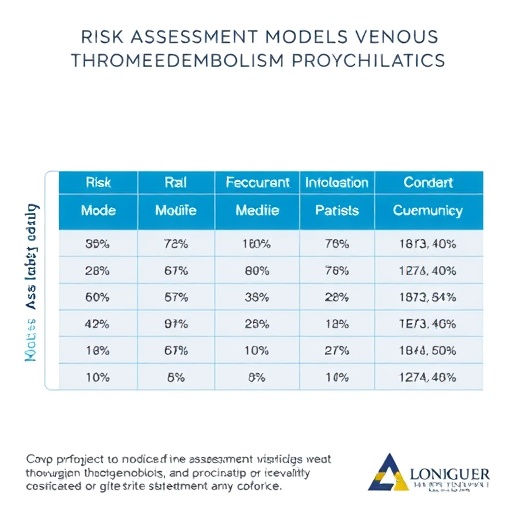Mistakes in "proofreading" the genetic code of retinal cells is the cause of a form of inherited blindness, retinitis pigmentosa (RP) caused by mutations in splicing factors.
This new understanding of the disease process, published today in Nature Communications, is leading to the development of a gene therapy for RP caused by splicing factor defects.
The work, led by Professor Majlinda Lako at Newcastle University, investigated how a common form of inherited blindness, retinitis pigmentosa, is caused by genetic defects in splicing factors.
Splicing factors are important protein components of the gene proofreading or "splicing" mechanism that is found in all cells. Some sections of our DNA, known as introns, are removed or spliced out by the cell during protein construction, so that only the final intelligible genetic code remains. This is because the introns do not actually provide any meaningful instructions for making proteins. Variations in splicing can cause very different consequences on the formation or function of cells, including retinal cells.
The scientists were able to create a "retina in a dish" using stem cells derived from the skin samples donated by retinitis pigmentosa patients at the University of Leeds.
This cell model enabled the team to compare retinal cells to others in the body. These cells are normally very hard to obtain as they would previously have had to be donated from the retina, usually after death.
Using this model, the researchers have shown that defects in splicing factors cause defective proofreading of components of the editing machinery itself. This counter-intuitive effect results in a "vicious cycle" of disruptive misinterpretation of the genetic code. The formation and functions of a special type of retinal cells, retinal pigment epithelial (RPE) cells, are the most severely affected. These cells are essential for supporting and nourishing photoreceptors (rod and cone cells), so when they go wrong the light-processing function of the retina breaks down, resulting in sight loss.
The study shows, for the first time, how genetic defects in splicing factors cause variations in the proofreading of retinal genes, leading to defects in retinal cell function and their eventual degeneration in retinitis pigmentosa.
Professor Lako's team went on to show that CRISPR-Cas9 gene editing could be used to correct the genetic defects in a particular splicing factor. This also corrected the function of the RPE and rod and cone cells in their laboratory model, indicating a potential pathway to future treatments.
Professor Lako said: "This research gives us much deeper and broader insights into how splicing factors cause retinitis pigmentosa, enabling the next step in our research – the design of gene therapies for future treatments."
Co-author Professor Colin A. Johnson, from the University of Leeds, said: "We've been puzzled by the genetics behind these unique forms of inherited blindness for over 20 years. Our study is the first to really make sense of how these conditions develop, and I'm now very hopeful that this will lead to clinical trials for new treatments within five years."
Tina Houlihan, Chief Executive, RP Fighting Blindness said: "We are delighted that our support has enabled the group to publish these important findings in Nature Communications. We look forward to seeing the development of this work through our newly awarded grant, which will allow Professor Lako and the team to further understand the mechanisms underlying this type of RP and progress towards the targeted treatment strategies our community needs."
Professor Mike Cheetham from UCL, scientific advisor for RP Fighting Blindness commented: "It has been a conundrum why genetic changes in ubiquitous and highly conserved 'splicing factors' cause RP. This exciting work is a major step towards understanding how these changes in splicing factors lead to RP, and was only possible by using stem cells made from affected individuals and turning them into a 'retina in a dish'. There is still much to learn about why splicing factors are so necessary for the retina to function and how we might repair, or treat, this in individuals with this type of RP, but this work will focus research on the right models and pathways for future development."
###
The research was led by four teams in collaboration with 38 researchers worldwide: Prof. Majlinda Lako (Newcastle University), Prof. Colin A. Johnson (University of Leeds), Dr. Sushma Nagaraja-Grellscheid (University of Durham) and Prof. Reinhard Luehrmann and Dr. Sina Mozaffari-Jovin at the Max Planck Institute in Gottingen, Germany.
RP with splicing factor defects affects around 23,000 people in the UK and up to 2.5 million worldwide.
Media Contact
Karen Bidewell
[email protected]
44-019-120-86972
@UniofNewcastle
http://www.ncl.ac.uk
http://dx.doi.org/10.1038/s41467-018-06448-y




